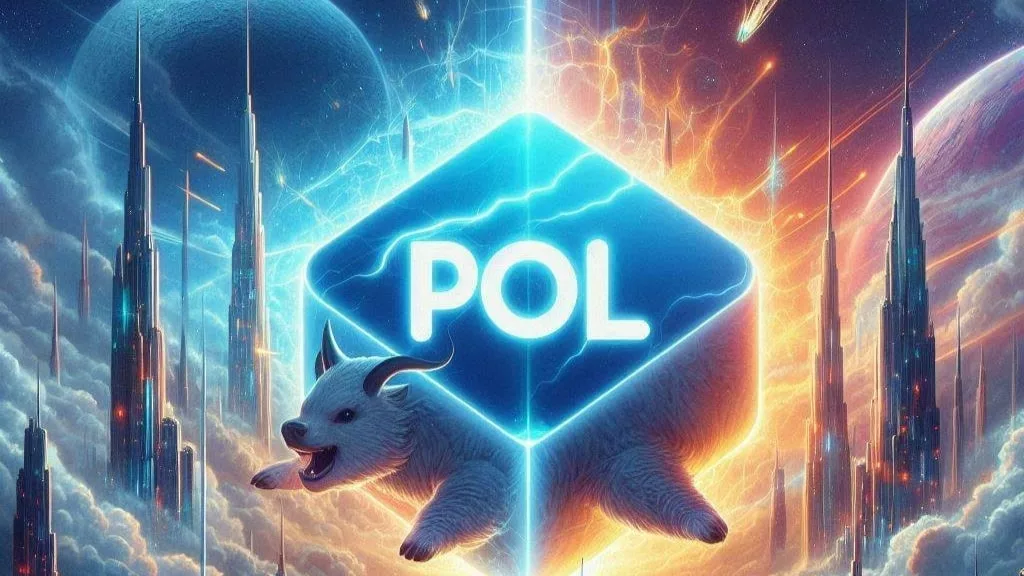
In recent times, the decentralized platform has witnessed an unprecedented surge in market capitalization. This remarkable growth can be attributed to the influx of captivating projects that have caught the attention of entrepreneurs and investors alike. Among these projects are those with mining pools integrated into their networks, reshaping the cryptocurrency landscape. Notably, Ethereum and Bitcoin, two of the world’s leading digital currencies, made significant contributions to the crypto ecosystem with the introduction of their respective mining systems.
However, Ethereum has taken a transformative step by transitioning to staking, implementing a new consensus mechanism called proof-of-stake. This transition aims to enhance transaction speed and reduce the overall cost of transacting within the network. Additionally, Bitcoin Spark, another exciting project, is poised to play a pivotal role in the development of the Web 3 community. Join us as we delve into the world of Bitcoin Spark’s groundbreaking mining system.
Cryptocurrency mining is an integral component of distributed ledger technology, commonly known as blockchain. At its core, the mining process involves the validation and processing of transactions on the blockchain network. To validate transactions effectively, a network of computer nodes is required to solve complex mathematical equations.
The act of solving these equations results in the creation of new coins, with the validator being rewarded for confirming a block. Furthermore, the energy-intensive nature of mining necessitates a significant supply of electricity to power these nodes or computers. Transaction validation, in essence, relies on a vast network of computers reaching consensus simultaneously to complete a transaction.
Bitcoin mining is the process through which new BTC tokens are generated. Validators in the mining process are responsible for confirming new blocks, which, in turn, enhances the security of the Bitcoin network. Bitcoin’s mining process relies on a validation mechanism known as proof-of-work (PoW). However, it has been criticized for its environmental impact due to its high energy consumption.
On the other hand, Ethereum staking involves locking ETH (Ethereum’s native token) in your wallet to participate in network validation. Ethereum’s staking mechanism operates on a consensus known as proof-of-stake (PoS), which is considered environmentally friendly as it consumes 98% less electricity compared to PoW.
Enter Bitcoin Spark, a pioneering crypto project dedicated to advancing distributed ledger technology. This project has introduced unique features that have catapulted it to the forefront of the cryptocurrency market.
As Bitcoin Spark embarks on its fifth phase of the initial coin offering (ICO), it has successfully attracted a diverse range of individual and institutional investors. The project boasts a well-defined roadmap that provides insights into its presale progress.
Similar to Bitcoin, this innovative project incorporates a mining system that utilizes a hybrid consensus mechanism known as proof-of-process (PoP). This double consensus mechanism combines elements of proof-of-work and proof-of-stake to reward validators for providing GPU/CPU processing power and confirming new blocks within the ecosystem.
One distinguishing feature of Bitcoin Spark’s mining algorithm is its deliberate skewing of reward distribution. This approach ensures that both small-scale and large-scale participants have the opportunity to receive rewards. Furthermore, the platform is lightweight, enabling even lower-powered devices to participate in the mining activity, democratizing access to cryptocurrency mining.
Moreover, the project boasts a smart contract equipped with a multilayer system. This innovative layer permits the use of compatible high-level and low-level programming languages within the ecosystem.
One of the key highlights of this smart contract is its language flexibility, allowing programmers to utilize various languages, such as Vyper, to create decentralized applications (dApps). This inclusive approach not only promotes diversity within the network but also encourages the development of a wide range of dApps by distinct programmers.
If you’re intrigued by the potential of Bitcoin Spark and its contributions to the evolving cryptocurrency landscape, you can find more information on their official website at Bitcoin Spark Official Website. Additionally, for those interested in participating in the BTCS presale, you can visit BTCS Presale Registration.
Disclaimer: This article contains sponsored content written by a third party. CryptoPotato neither endorses nor assumes responsibility for the content, advertising, products, quality, accuracy, or other materials presented in this article. The information provided herein should not be construed as financial advice. Readers are strongly encouraged to independently verify the information and conduct their own research before engaging with any mentioned company. Cryptocurrency investments carry inherent risks, and readers are advised to seek professional advice when making investment decisions.


Get the latest Crypto & Blockchain News in your inbox.